NASCAR Horsepower Delay, Toyota’s Haas F1 Test, and WRC’s Asia Expansion Plans
- RCAP Staff

- 5 days ago
- 4 min read
NASCAR Delays 750HP Engine Push Until 2026
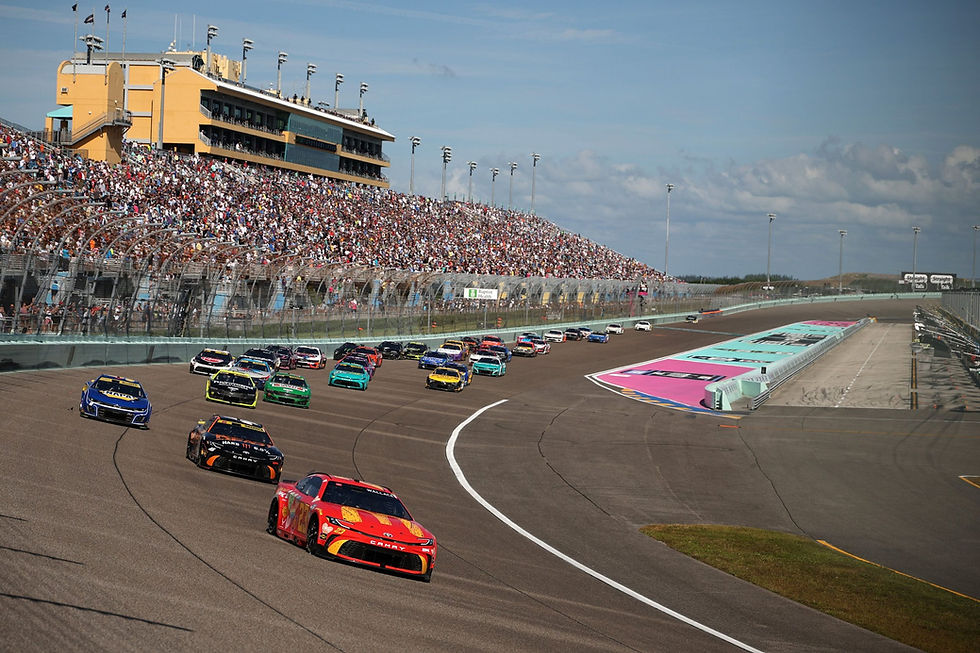
NASCAR fans hoping for more power under the hood will have to wait. The sport has officially confirmed it will not raise horsepower for the Next Gen Cup Series cars until at least 2026. The move would have increased engines from the current 670HP to 750HP, a change long requested by legends, drivers, and fans. NASCAR Senior Vice President of Competition Elton Sawyer made the announcement during an appearance on SiriusXM NASCAR Radio, stating that discussions with OEMs are still ongoing, but a power bump is now off the table for 2025.
Sawyer emphasized that NASCAR is taking a methodical approach. "It’s got to be a holistic conversation with all the OEMs involved," he said. “We’re in the middle of that process.” The move appears to be part of a broader, long-term vision around where the Cup Series is headed technologically, especially with hybrid systems looming. NASCAR’s last major horsepower cut came in 2019 with the 550HP package, a controversial change that many felt dulled the racing product.
While horsepower was bumped up to 670HP with the debut of the Next Gen car in 2022, some fans and industry insiders argue the series still feels underpowered, particularly on short tracks and flatter circuits. The debate heated up after ARCA cars qualified faster than Cup cars at Iowa. Combined with lackluster racing at tracks like New Hampshire and Richmond, it added pressure on NASCAR to revisit its horsepower formula.
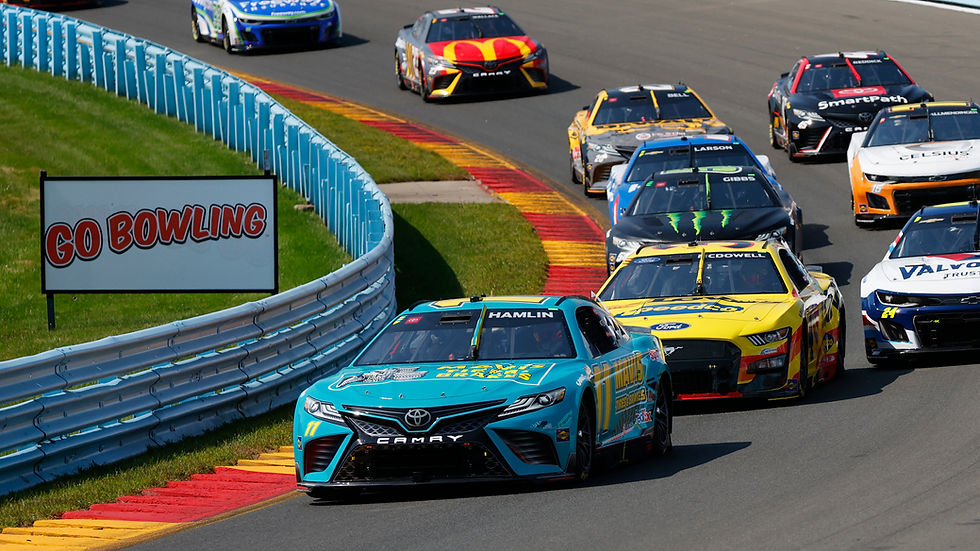
This delay signals that any major technical overhauls are likely to be bundled into a larger 2026 rule package, potentially involving hybrid technology or a new engine platform altogether in the 2030s. The delay could also help manufacturers manage costs and align long-term development strategies. It’s not the news traditionalists wanted, but it buys NASCAR time to get it right.
Toyota Says Tsuboi's Haas F1 Test is an Audition, Not a Trophy
As we talked about a couple of weeks ago Sho Tsuboi is about to get the opportunity of a lifetime as he tests Haas’s 2023 Formula 1 car at Fuji Speedway in early August, but Toyota says it’s a live audition to evaluate his potential for future international opportunities. Masaya Kaji, who heads Toyota’s global motorsport program, says Tsuboi’s performance behind the wheel and his ability to communicate in English will be under the microscope.

The test follows a pattern for Toyota, which has been sending top Japanese talent into Haas’s TPC (Testing of Previous Cars) program. Earlier this year Ritomo Miyata got their chance. But Kaji stressed that these aren’t ceremonial outings: "It’s not a ‘thanks for winning the championship’ type of thing. This is a legitimate evaluation for future possibilities." The tests reflect Toyota’s broader ambition to reestablish a presence in top-tier global motorsports, especially Formula 1.

Tsuboi’s driving credentials are solid he won the Super Formula championship and has competed across GT500 and endurance racing, but F1 is an entirely different challenge. Haas provides the machinery and venue, but Toyota uses these sessions to assess more than just lap times. Communication skills, feedback, and adaptability are just as important as outright speed. It’s no coincidence that these tests are taking place at Fuji, a Toyota-owned facility, providing the automaker with full control over the environment.
Kaji also confirmed that not all Super Formula champions are guaranteed tests. Performance is part of the equation, but so is readiness both technically and mentally. With Formula 1 evolving rapidly, Toyota wants to ensure its next international driver is not only fast but polished and prepared for the media and political environment of the F1 paddock.
WRC Shuffles 2026 Calendar to Make Room for Asia-Pacific Growth
The World Rally Championship (WRC) is taking steps toward a more globally balanced calendar with major changes planned for 2026. At the center of this effort is a plan to shift Japan’s rally from its traditional November slot to late May, a swap that will see it trade places with Rally Italy. This opens the door for a second event in the Asia-Pacific region a long-term goal for WRC’s event organizers.
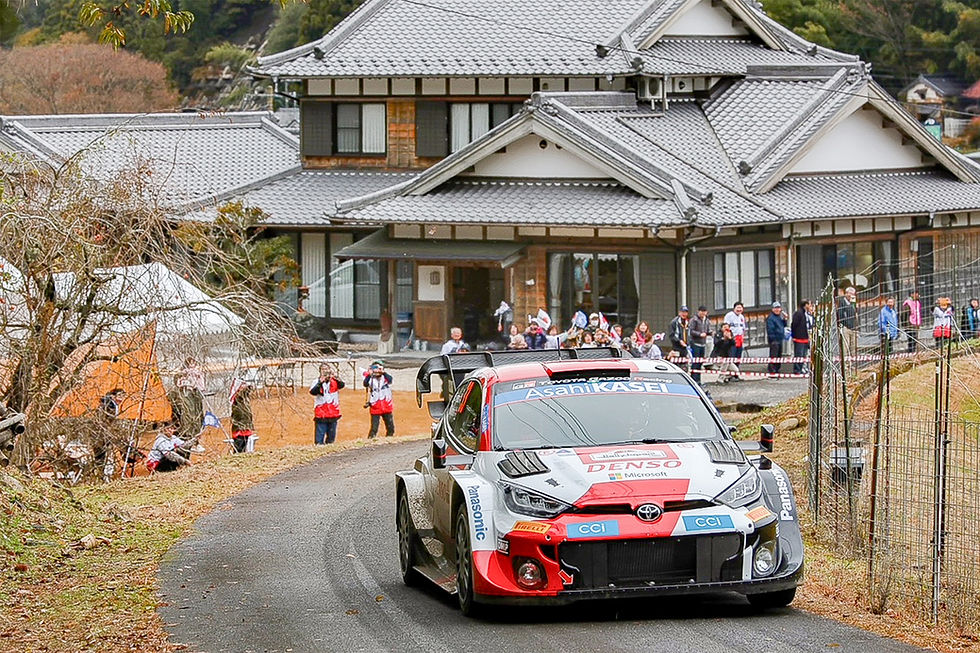
Event director Simon Larkin confirmed the strategic reshuffling during Rally Latvia, noting that several APAC countries are in advanced talks to join or return to the calendar. Indonesia, China, New Zealand, and Australia are all under consideration, with Indonesia being the frontrunner. The nation has signed a heads of agreement with WRC officials, aiming for a return to the series for the first time since 1997. China, meanwhile, hasn’t hosted a WRC event since 1999 but could re-emerge as a key market thanks to growing interest in international motorsport.
Logistics are a big part of the puzzle. Moving Japan to May allows WRC to pair it with another nearby event, optimizing travel costs and reducing back-to-back flyaways to distant continents. It also gives the series a better chance at securing weather-friendly dates in monsoon-prone regions like Indonesia. By aligning the calendar with geographic clusters, the WRC aims to make the championship more sustainable, efficient, and marketable.

These changes are part of a broader ambition to grow the series' footprint in Asia, a region with massive potential fanbases and government support. If successful, the WRC could expand to a 15-round calendar by 2027, featuring two Asia-Pacific events for the first time ever.





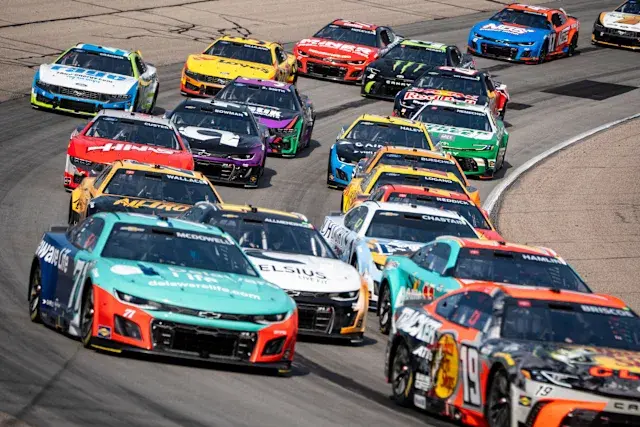
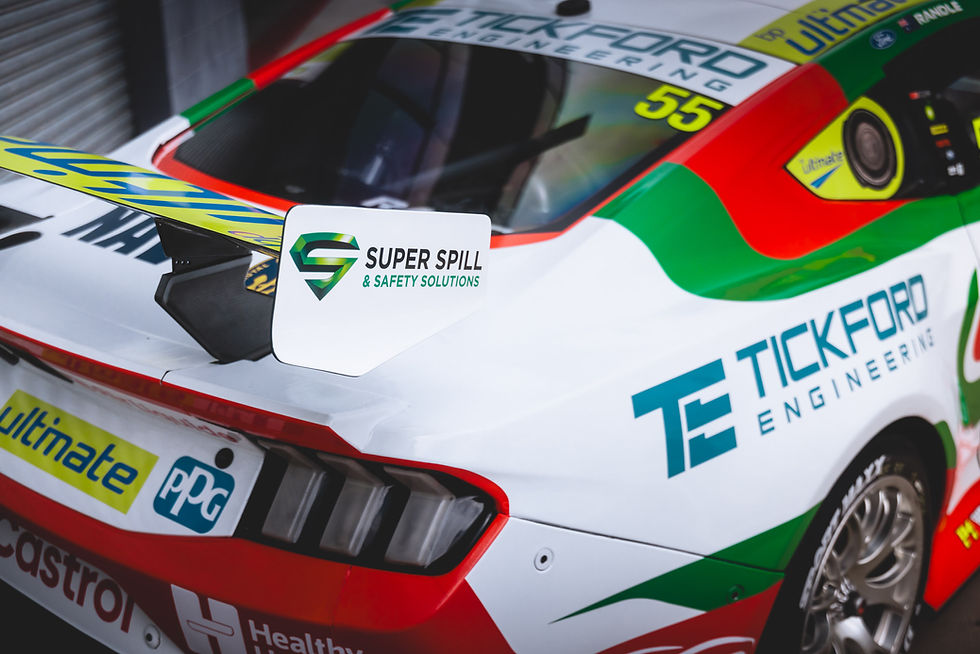
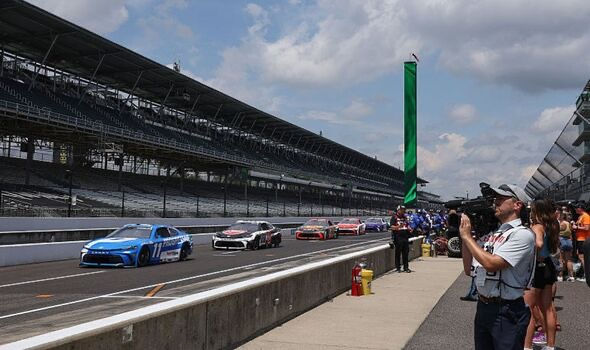
Comments